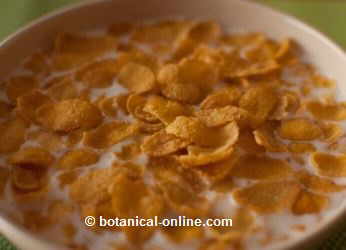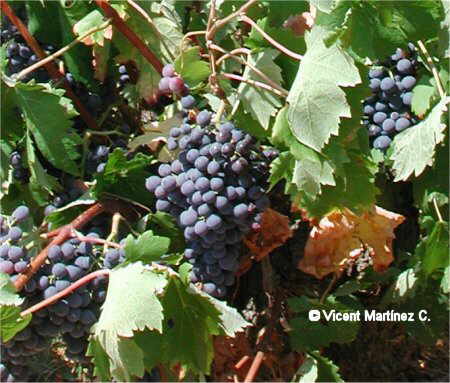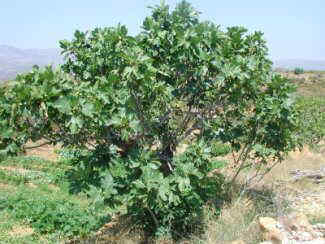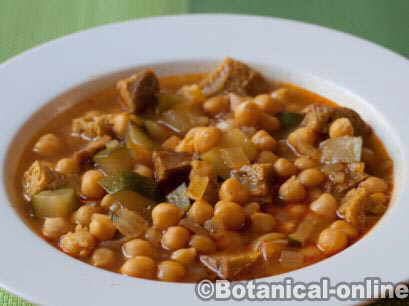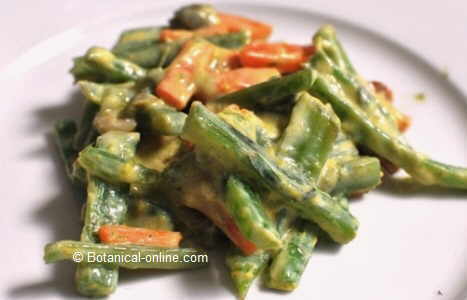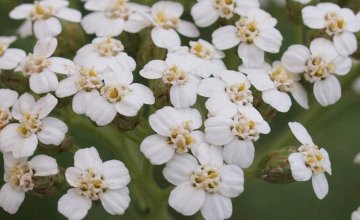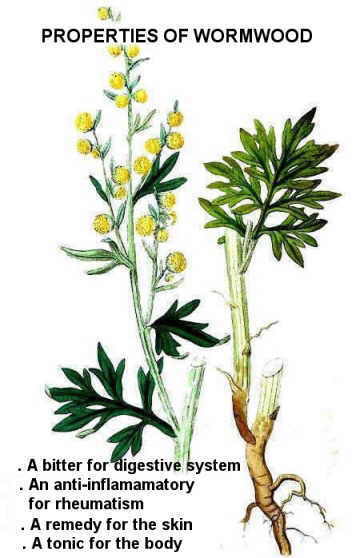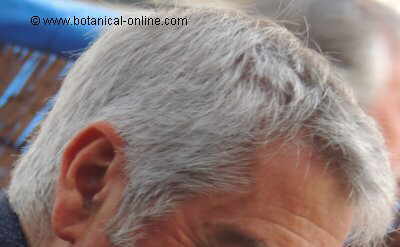Contents
Dangers of food mycotoxins
What are mycotoxins?
Mycotoxins are substances found in some foods that can be very toxic. These are formed during the storage of the seeds or fruits by the action of some fungi. These are called toxigenic fungi or toxigenic molds.
The word mycotoxin means toxin produced by fungi.
Mycotoxins can be formed in products of animal and plant origin, although they are mainly found in seeds and spices.
What kind of fungi do produce mycotoxins?
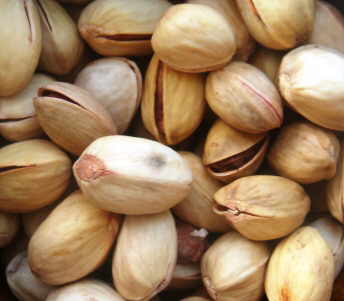
The main toxigenic fungi that cause the presence of mycotoxins in food are those belonging to the following genera:
- Aspergillus
- Fusarium
- Penicillium
These molds are found naturally in food and in nature. In fact, mycotoxins are considered inevitable food contaminants, which are tolerable within permitted limits.
Why are they so dangerous to health?
The main danger of mycotoxins is that they are very small substances (low molecular weight), rather than toxins produced by bacteria. In addition, they also do not have a protein structure. All this makes them very difficult to detect by our immune system and therefore we are more vulnerable to their harmful effects.
Types of mycotoxins
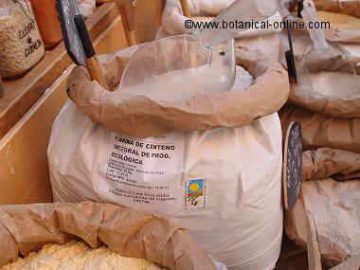
There are different types of mycotoxins, that is, each genus of mold produces different toxins. The most important mycotoxins in food due to their toxicity are:
- Ergot of rye: the infection by fungus Claviceps purpurea in the fields of rye produced numerous poisoning by ergotoxins producing the plague of San Antonio. LSD was subsequently derived from this substance.
- Aflatoxins: they are the most potentially toxic, especially for the liver. For this reason, people with hepatitis or liver disease should avoid foods with more aflatoxins because they are more vulnerable to their effects.
- Ocratoxin A (OA): it is produced by Penicillium fungi, it is the most toxic of all types of ochratoxins. It affects mainly corn, raisins, wine, sorghum, barley, coffee and soy. It causes damage to the kidneys and is the cause of the Balkan endemic nephropathy.
- Citreoviridine: it is found in rice, since it is produced by a parasitic mold of this plant. Infected rice has a yellowish color, which is why the clinical picture of citreoviridine poisoning is known as yellow rice disease.
- Trichothecenes or T2 toxin: mainly affects moldy cereal crops. Related to toxic food aleukia (ATA). One type of trichothecene, moniliformin, is related to esophageal cancer in some Asian populations that consume moldy rice.
- Patulin: mainly affects fruits and is found mainly in juices. Also inside fruits that have been attacked by molds, although their external appearance is good.
- Citrinin: it is found in many vegetables, but it is not a very toxic substance compared to the other mycotoxins studied.
![]() More information on mycotoxins and aflatoxins
More information on mycotoxins and aflatoxins

